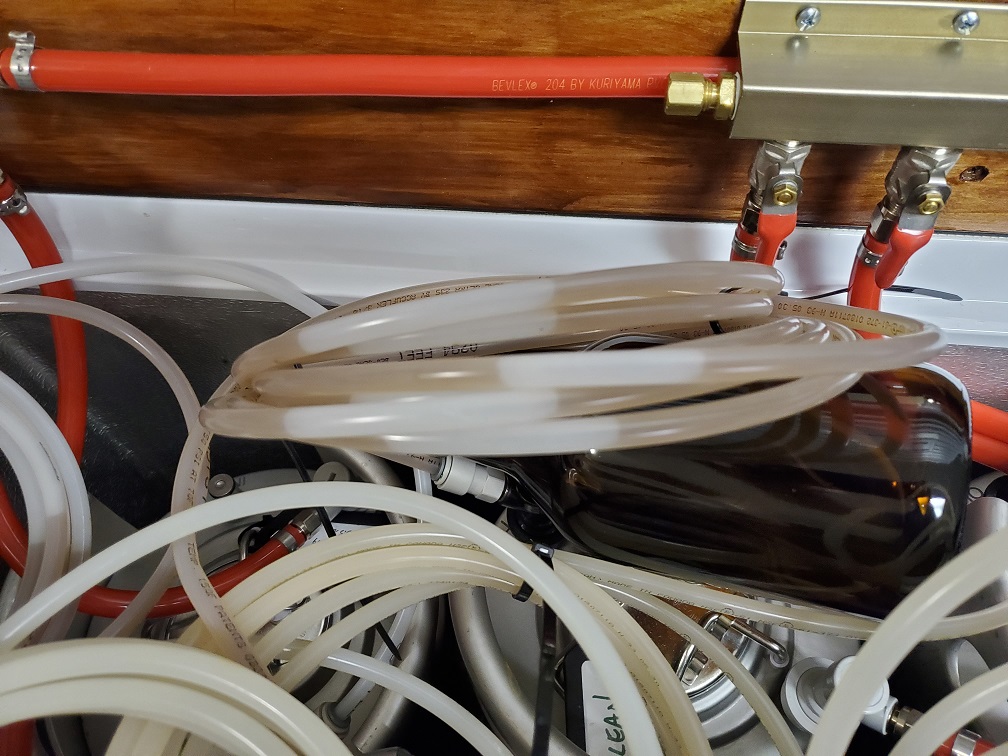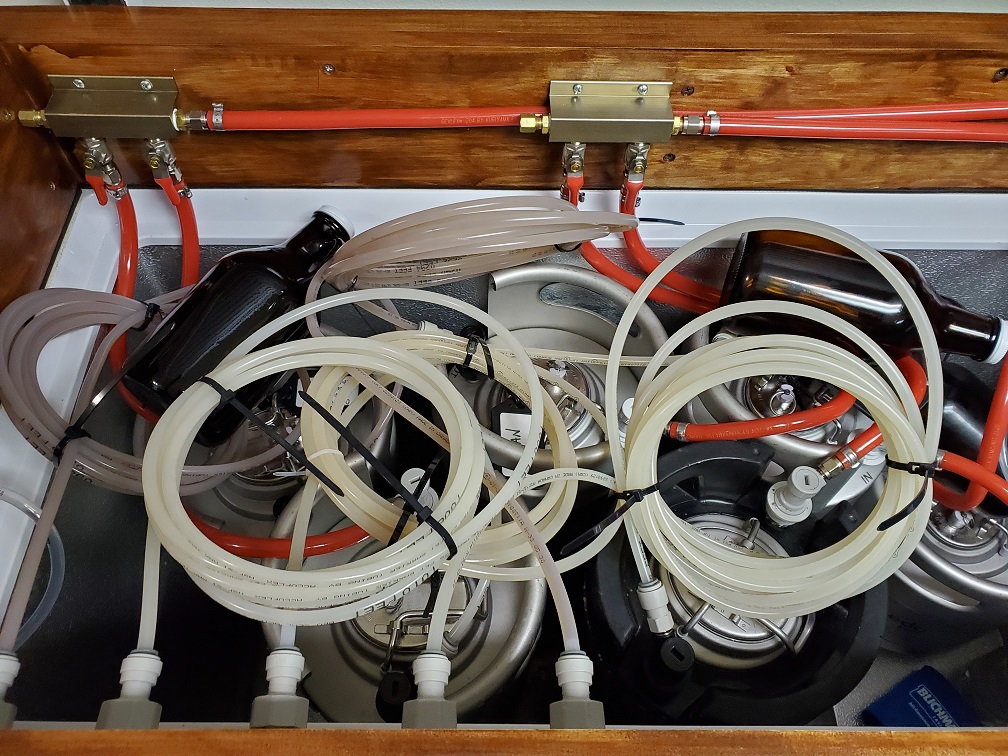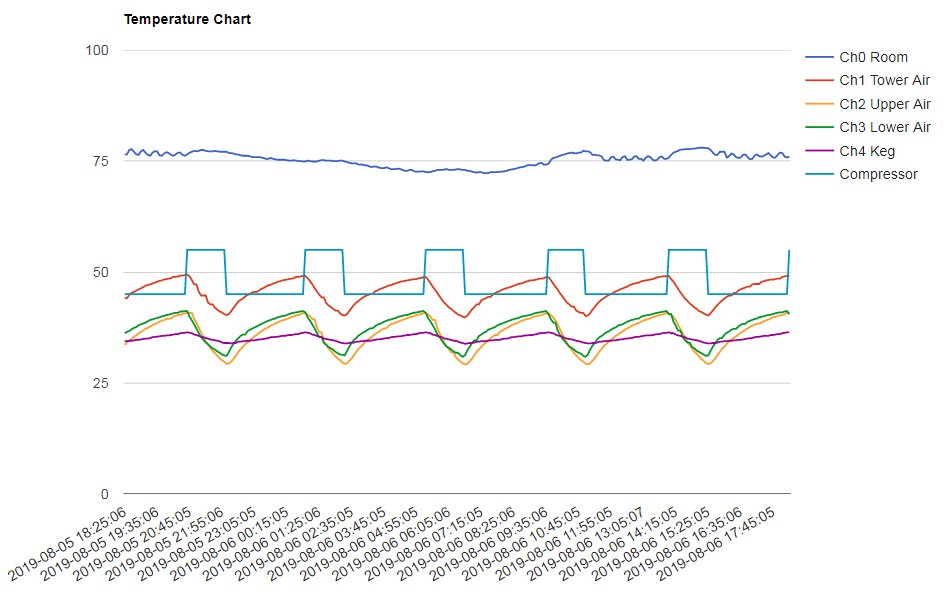I switched over to BevSeal Ultra tubing to avoid issues of oxidation through my thin-walled liquid keg lines.
Some of them work well (I have 5 lines), but I get this very weird start, which is shown in the video here (14 seconds):
After I get past that initial foaming/sputtering, it pours normally. This second short video shows a pour right after the first one (6 seconds):
I've tried adjusting the flow controls (these are Perlicks) and it doesn't affect anything. I know that initial pours through a warm faucet can foam, but these are sputtering. Often the first thing out is a sputter, then smoother for a bit, then a sputter before it settles down.
I have 10-15 feet of bevseal tubing, so it's not too short. I'm also using the John Guest connectors Bobby at BrewHardware sells to connect these to bother QDs on the kegs as well as to the shanks in place of tailpieces.
Any ideas what's causing this? Is it endemic to the Bevseal tubing? Or the connectors?
Some of them work well (I have 5 lines), but I get this very weird start, which is shown in the video here (14 seconds):
After I get past that initial foaming/sputtering, it pours normally. This second short video shows a pour right after the first one (6 seconds):
I've tried adjusting the flow controls (these are Perlicks) and it doesn't affect anything. I know that initial pours through a warm faucet can foam, but these are sputtering. Often the first thing out is a sputter, then smoother for a bit, then a sputter before it settles down.
I have 10-15 feet of bevseal tubing, so it's not too short. I'm also using the John Guest connectors Bobby at BrewHardware sells to connect these to bother QDs on the kegs as well as to the shanks in place of tailpieces.
Any ideas what's causing this? Is it endemic to the Bevseal tubing? Or the connectors?







